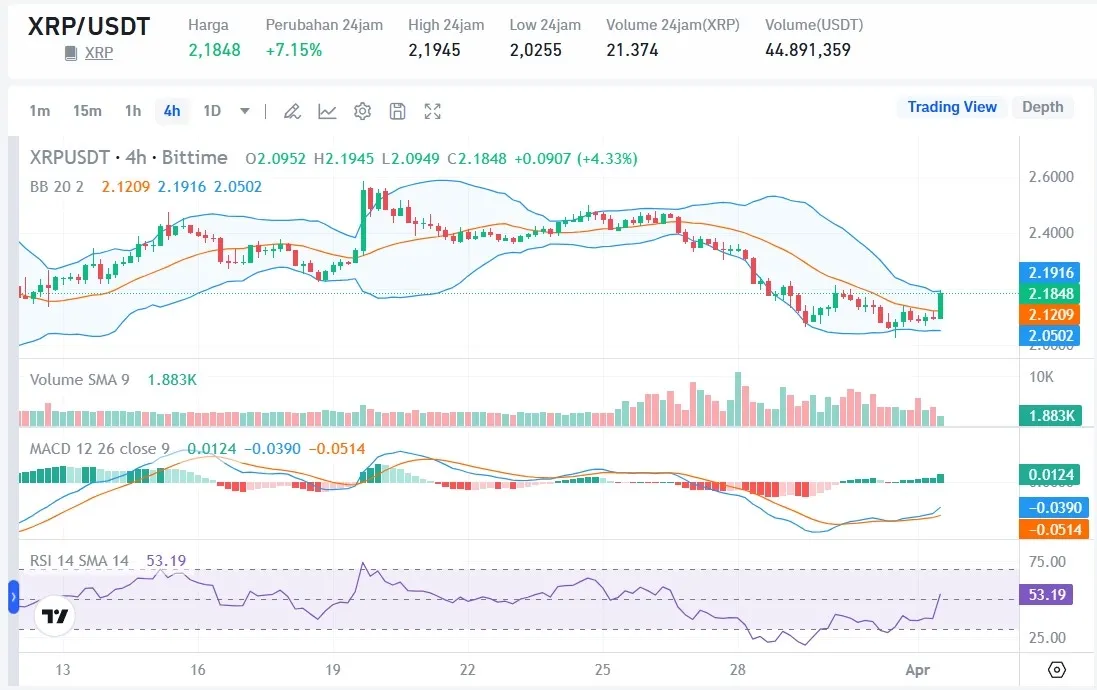XRP, the digital asset created by Ripple Labs, has long been one of the most discussed cryptocurrencies in the market. As we approach 2025, many investors and analysts are looking to understand the potential trajectory of XRP, its use cases, and the challenges it may face. This article explores the key factors that could influence XRP’s future, from regulatory considerations to technological developments.
XRP in 2025: Market Outlook
Regulatory Landscape and Legal Battles
The regulatory environment has been a major factor affecting XRP’s price and adoption. Ripple’s ongoing legal battle with the U.S. Securities and Exchange Commission (SEC) over whether XRP is a security or a currency has caused significant volatility in the market. A favorable outcome for Ripple could potentially lead to an increase in institutional investment and use of XRP. By 2025, if Ripple successfully navigates these legal challenges, it could have a more favorable regulatory status, helping drive wider adoption globally.
However, if the SEC or other regulatory bodies impose restrictions on XRP, it could hinder its growth. The outcome of these legal battles will likely play a crucial role in determining XRP’s market price and usability in the coming years.
Adoption by Financial Institutions
XRP’s primary use case is in cross-border payments, providing a faster and cheaper alternative to traditional remittance systems. By 2025, XRP could see broader adoption within the financial sector, especially with the growing demand for digital payments. Ripple has already partnered with numerous financial institutions and banks around the world, and this trend is expected to continue. Increased adoption of XRP as a liquidity solution for cross-border payments could lead to more stability and value growth for the cryptocurrency.
Ripple’s network, RippleNet, has continued to expand, and partnerships with financial giants such as Santander, SBI Holdings, and PNC Bank could give XRP a significant boost as these institutions look for more efficient ways to process international payments.
Technological Advancements and Updates
Ripple’s Enhanced Use Cases
In addition to cross-border payments, Ripple is continuously working on expanding the use cases for XRP. The Ripple network is designed to support decentralized finance (DeFi) applications, and as the DeFi space continues to grow, XRP could integrate more deeply into decentralized financial systems. By 2025, Ripple might have expanded its platform to include more products and services that leverage XRP for liquidity, asset tokenization, and even smart contracts.
This expansion could open up new revenue streams and market opportunities, increasing the overall value of XRP and its demand in various sectors beyond just payments.
Scalability and Speed Improvements
XRP is already known for its fast transaction speeds and low fees compared to many other cryptocurrencies. By 2025, Ripple could introduce further technological improvements to make the network even more scalable and efficient. As adoption grows and transaction volumes increase, the ability to handle more transactions per second (TPS) could be key to maintaining XRP’s position as a preferred payment solution.
The Impact of Global Cryptocurrency Trends
Institutional Interest and Cryptocurrency Ecosystem
The general growth of the cryptocurrency ecosystem is expected to continue through 2025, with increasing interest from institutional investors and more countries considering central bank digital currencies (CBDCs). If XRP can position itself as a leading solution for CBDCs or integrate well with these digital currencies, it could see substantial growth.
The growing acceptance of cryptocurrencies in mainstream finance could pave the way for XRP to further establish itself as a major player in the global digital economy.

